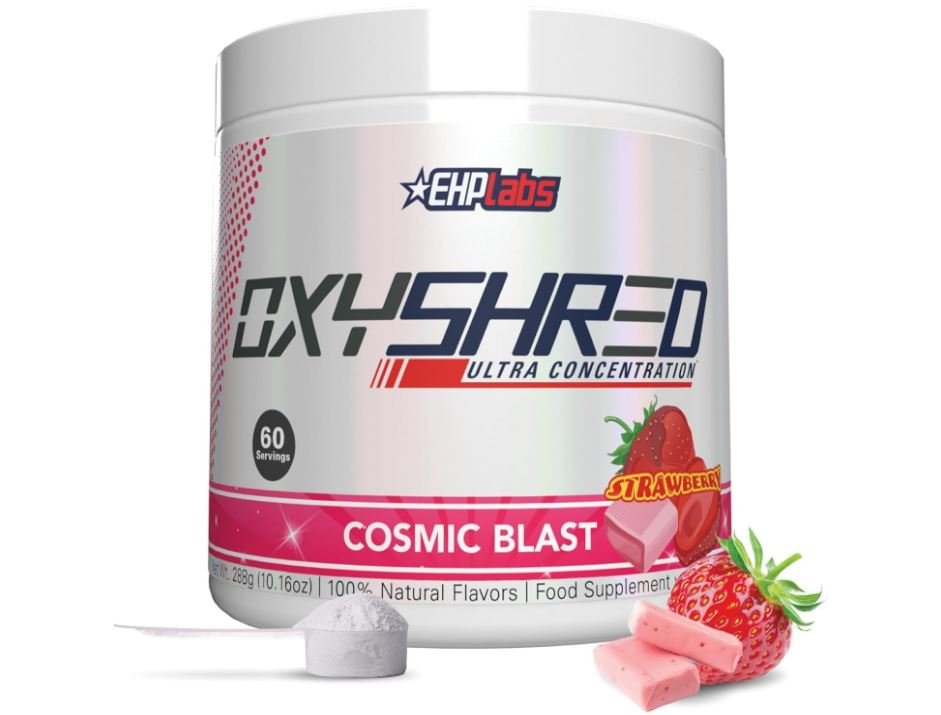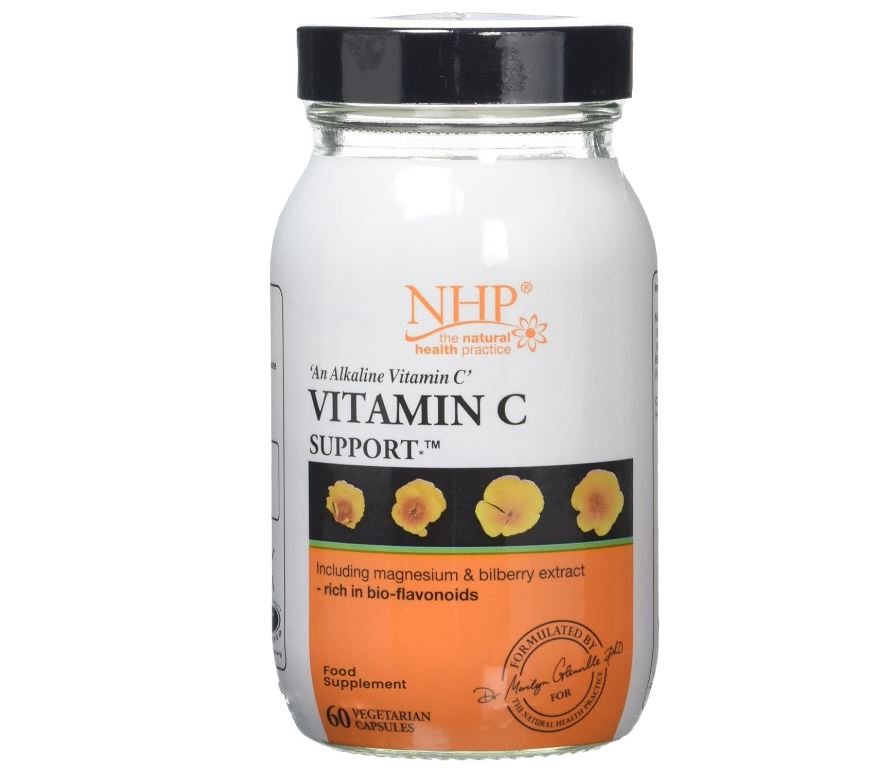One specific fatty acid has subtly returned to the discussion among fitness enthusiasts and health-conscious celebrities alike in the nutritional maze of contemporary supplements. Mostly derived from grass-fed meat and dairy, conjugated linoleic acid, or CLA, has made its way into pills and powders that promise to reduce waist circumference and burn fat. CLA is marketed as a “natural” fat-burning supplement, and its allure is subtle yet enduring—possibly because it promises weight loss without the drama of stimulants or prescription drugs.
However, scientific analysis presents a much more nuanced picture. Although research on animals showed markedly decreased body fat accumulation—some showed reductions of over 70%—the human experience has been less striking. The average weight loss from daily CLA supplementation was only 0.11 pounds per week, according to a meta-analysis of 18 high-quality trials. That’s less than half a pound a month, which feels a lot like moving deck chairs on a slow-moving cruise ship when it comes to a fitness journey.
Key CLA Supplement Information Table
| Attribute | Details |
|---|---|
| Full Name | Conjugated Linoleic Acid (CLA) |
| Primary Source | Grass-fed meat and dairy; synthetic versions used in supplements |
| Active Isomers | c9, t11 (naturally occurring); t10, c12 (supplement form, associated with fat reduction) |
| Typical Supplement Dose | 2.4–6 grams daily |
| Weight Loss Effect | Modest; ~0.05 kg/week or 2.9 lbs/year based on long-term use |
| Mechanism of Action | May enhance fat metabolism and insulin sensitivity |
| Associated Risks | Inflammation, elevated liver enzymes, gastrointestinal issues |
| Effectiveness in Humans | Inconsistent; stronger results in animal trials |
| Recommended Use | Only with a balanced diet and regular exercise |
| Reference Source | Healthline – CLA and Weight Loss |
Some have attempted to portray CLA as a more gentle substitute for drugs like semaglutide by utilizing these slight metabolic benefits. However, the comparison is undoubtedly biased. While CLA’s influence functions more like a whisper than a shout, Ozempic alters hunger pathways and produces transformative results—sometimes too quickly. Instead of rapidly accelerating, this supplement gently nudges.
Those in the entertainment industry have taken notice of the subtlety. In some upscale gyms and whispered about in wellness retreats, CLA is stocked alongside collagen powders and adaptogens as part of a larger toolkit that helps “optimize” the body without seeming unduly labor-intensive. This modesty is exactly what makes CLA both alluring and dishonest. There is a research abstract reminding us that most users lose less than three pounds in a year for every influencer using the hashtag #CLA to promote leaner abs.
Nonetheless, CLA may provide a particularly advantageous advantage for people who are already dedicated to demanding routines. Research points to its potential to increase insulin sensitivity and slightly increase fat oxidation, which may benefit people who follow meal plans or strength training regimens. Athletes cutting for performance or bodybuilders approaching a show, for instance, may see its value—not as a solo act, but as a component of a team effort.
However, CLA’s dual identity adds complexity to its story. The form of CLA present in supplements, particularly those that are high in the t10, c12 isomer, differs chemically from the naturally occurring form found in meat and dairy. Despite being more effective in animal tests, this synthetic isomer has also drawn criticism in toxicity evaluations. Numerous studies associate it with higher levels of inflammatory markers, particularly C-reactive protein, which indicates chronic systemic stress, as well as elevated liver enzymes.
That’s an important distinction. The synthetic CLA in your pill organizer may have the opposite effect from the natural one found in your morning Greek yogurt, which may promote heart health and provide trace metabolic benefits. Concerns about the widening gap between nutrients derived from food and their industrially separated counterparts extend beyond CLA, reiterating similar warnings about synthetic beta-carotene and folic acid.
From a societal perspective, CLA represents a shared desire for effortless well-being. The promise is that it doesn’t require a prescription, and the packaging shouts “natural.” It doesn’t require celery juice, cardio, or calorie counting. And it quietly flourishes there. CLA fits the description of a “little help” that seems responsible but is rarely questioned in a culture that is geared toward taking shortcuts.
To be very clear, however, the data indicates that CLA works best as a marginal enhancer rather than a foundational pillar. Its ability to help you achieve a better body composition is highly dependent on other aspects of your lifestyle. The capsule turns into just another unfulfilled promise in the supplement aisle if regular training and nutrition are not followed.
This fact places CLA in the same category as supplements such as L-carnitine, chromium picolinate, and green tea extract—all of which have loyal followers and a few notable successes but few significant discoveries. They’re just misinterpreted; they’re not failures. They must be incorporated into larger strategies, such as those involving movement, sleep, and nutritional balance, rather than pursuing isolated outcomes.
The persistence of the ongoing CLA debate in spite of its lackluster results is what makes it so novel. Only a small number of supplements make it through twenty years of scrutiny, clinical trials, and shifting trends without being completely debunked. The fact that CLA is still available on store shelves and in shopping carts indicates that consumers are searching for something that feels doable rather than just results.
CLA maintains its presence in wellness culture by means of strategic collaborations between marketing teams and fitness personalities. Micro-influencers have praised it, and trainers have occasionally mentioned it by name on daytime television. Its persistence is noteworthy despite its quiet profile.







